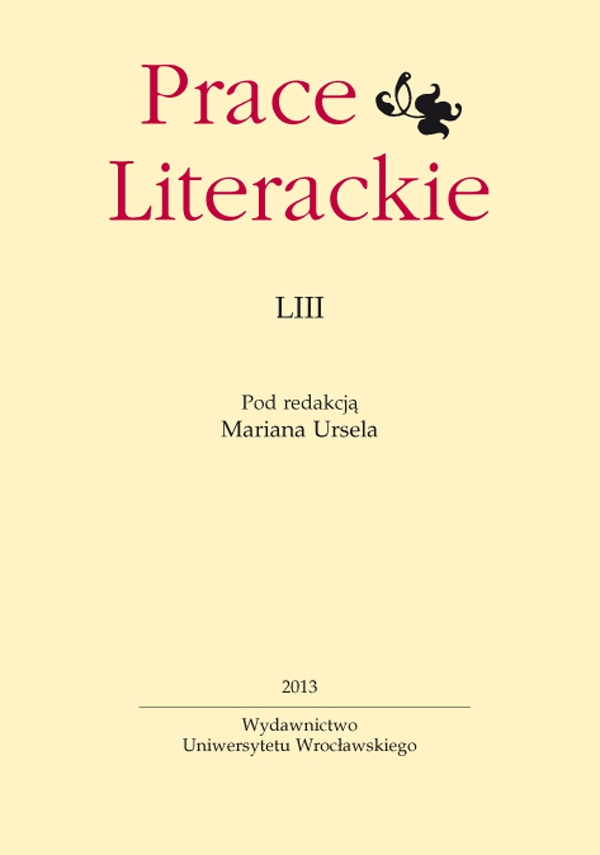

Articles

“Children like so much everything that is little...”. Diminutives in works for children in the 19th and 20th centuries — a comparison of selected examples
The aim of the article is to explain and examine a linguistic phenomenon in literary works for children written in the 19th and 20th centuries, namely diminutives, derivatives with a special stylistic tinge, which are called hypocorisms. The author examines the historical background of the emergence of diminutives in the Polish language and their appearance in works for children over 150 years in linguistic terms morphological structure, semantic terms, pedagogical terms and in terms of the frequency of their appearance in literature for the youngest readers.
The article begins with an explanation of the definition of diminutives and an analysis of their basic emotional function. The phenomenon of diminutives is analysed with reference to 19th century works by Teofil Nowosielski and Stanisław Jachowicz as well as works for children written in the second half of the 20th century by Janina Porazińska, and, more recently, Dorota Gellner. The author of the article examines the following works: O nieznajomym dziecku zwiastującym innym dzieciom gwiazdkę, Przy kołysce, Piosenka przy łóżeczku Teofil Nowosielski, Sto nowych powiastek dla dzieci, Dobranoc Stanisław Jachowicz, Baj – Baj – Baj, Śpi Jasiunio Janina Porazińska, Śpioszki w groszki and Wróżki Dorota Gellner.
In addition, she explains the concept of the degree of diminutivisation, and presents the pioneers of studies into diminutives in Polish literature, J. Sitkowski and R. Laskowski, as well as other scholars, e.g. K. Heldberg, W. Doroszewski, B. Wieczorkiewicz, J. Bartmiński, S. Reczek. She also examines lullabies in generic and historical terms, explaining their origins.